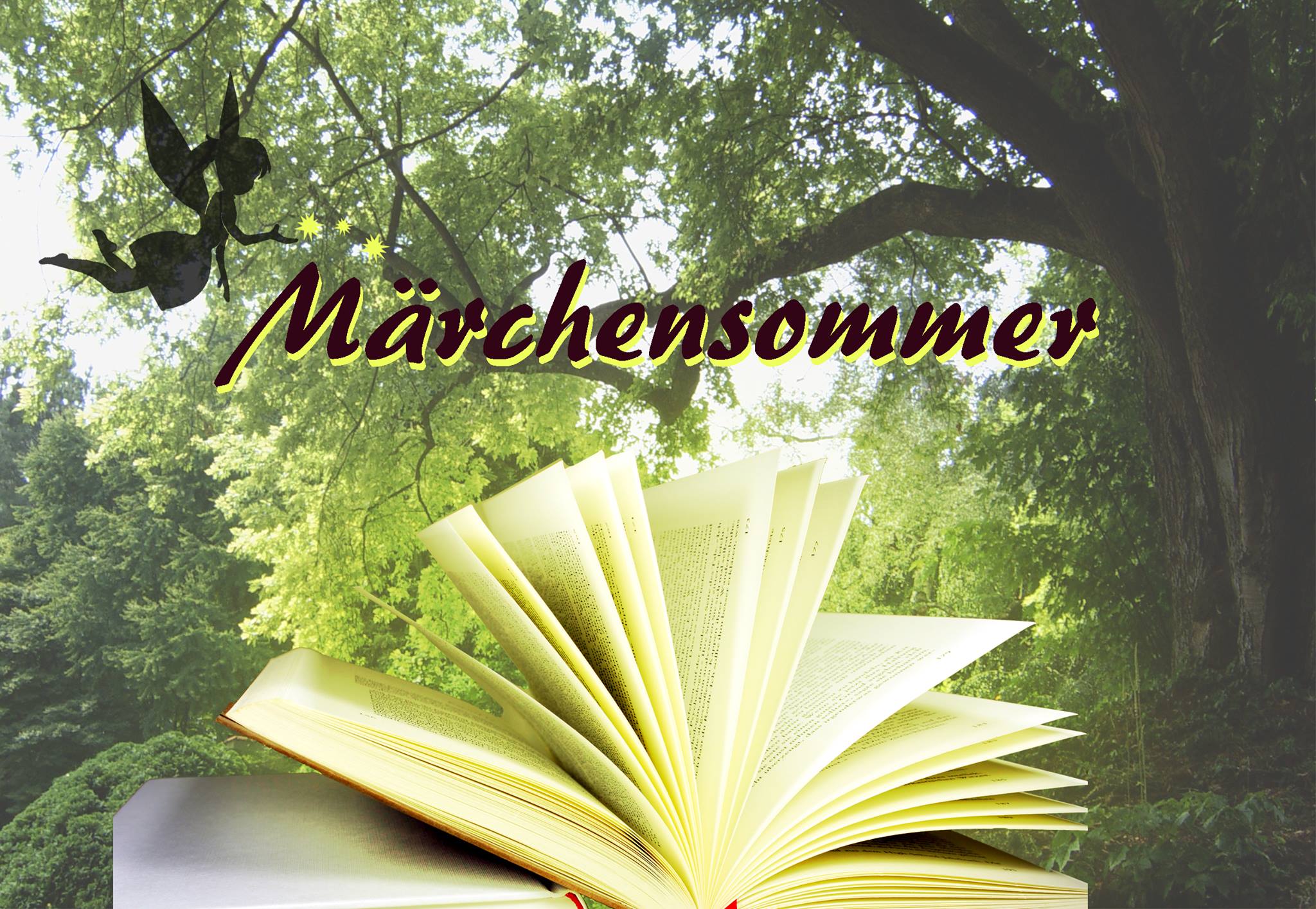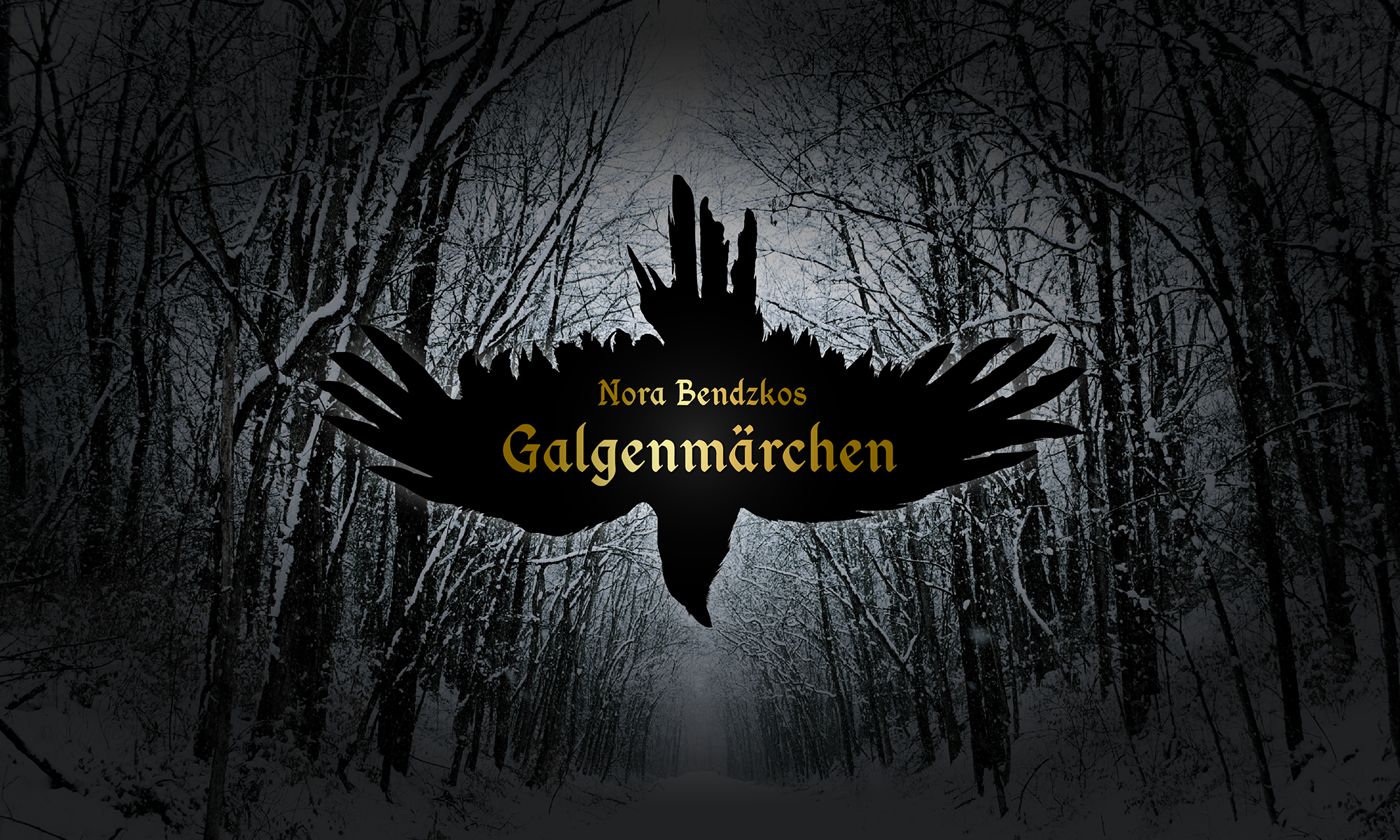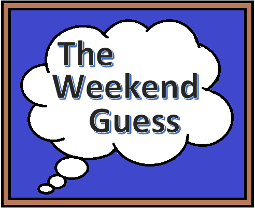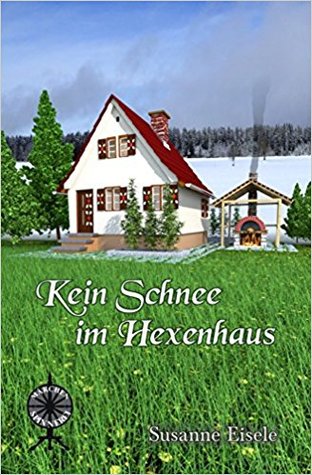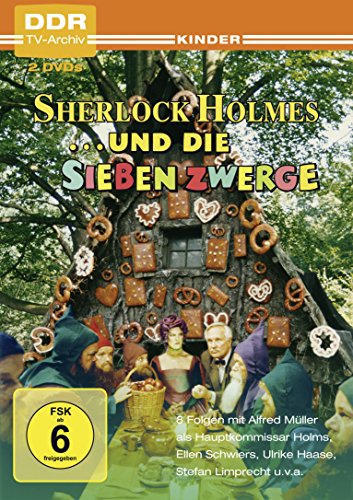Lies auf Deutsch
As part of the Fairy Tale Summer you get my review for Hollerbrunn by Tina Skupin,.
What is it about?
Everything changes for Marie after her mothers death, especially when her father brings home her stepmother Desiree and her stepsister Pegg. When she has to take part in an internship everything goes topsy-turvy, as she isn’t allowed to take care of her mother’s restaurant as she had hoped, and Desiree doesn’t yet have a clue how to handle things. Instead she has to help out Frau Hollerbrunn (Ms. Hollerbrunn) at the Hollerhof (Hollergrange) and soon learns that not everything there is at it seems…
Frau Holle meets Alpine legends (with a hint of The Snow/Ice Queen) by the Märchenspinnerei.
The reading experience
For this one I as well wrote down some thoughts in the Reading Group on Facebook (Magical Book Reading) and also kept track of them on Goodreads, so most things might sound familiar.
As I told you before was this the adaptation I feared the most, because the premise is too familiar. When Tina and other readers assured me that the “mean” parts were well executed or rather in the first chapter that calmed me down a little. As I soon discovered myself it really isn’t as bad as I had feared; the description in the Axolotlking was worse…Here the focus is on the description of the loss not on what really happened and that made it easier for me.
Reading the blurb of the book I was confused at the description that it used „a hint of Ice Queen“, but it soon turned out that this Ice Queen is more like the Snow Queen than the Disney-version that I kept thinking about.
The story itself is parted into different chapters that are fittingly titled after characters, places and a few other things that play a major role in the chapter. It prepares you a little of what’s to come, but at the same time doesn’t give away too much. Some titles are also references to the original Fairy Tale, which is a nice nod in that direction. Towards the middle there is a really incredible perspective change that makes the story just a little more interesting.
Other than that did I directly dive into the Hollertal (Hollervalley). I can easily see the place before my inner eye. From bureaucratic nonsense to the general interactions, all of it felt natural and realistic. I was taken in by the descriptions pretty fast and later didn’t want to put the book down as it was nearing its end. It had some quite surprising and exciting twists and portrayed certain dangers quite well. I was quite excited while reading some parts of it, even if some stuff was – and still is – quite confusing regarding the backstory of certain characters. Unfortunately including that would have been too much for the story. 🙁
The characters
I never thought I’d find a version of Frau Holle where I prefer the Pechmarie (Pitchy Marie) over the Goldmarie (Golden Marie). I’m not even sure why… It feels like I should feel more connected to the golden one, as we’ve suffered a similar loss, but I guess I’m too annoyed by her, but that could just be me not liking main-characters again. Marie seems a little too well loved by everyone, even if she’s certainly not a perfect character, as she definitely has her flaws. Two of her more prominent ones include rose-coloured glasses and a tendency to just accept other peoples opinion/orders without questioning them. And I guess I’m also a little frustrated that she’s still stuck in her grief after six months and doesn’t want to get out of her safety bubble. Sure such a loss is horrible, but not continuing is something I don’t think anyone passing away would really want for their bereaved… Still, in the end it fit for the character, even if I wouldn’t like her as a person.
Besides: The other one is snarkier and I like snark… Pegg is… Pegg is awesome, even if I felt bad for her at times. Sure she’s rough and says what she thinks, which is not always nice, but in the end was she way more useful than lovey-dovey Marie and actually gets things done. She’s a great contrast to her half-sister (and yes there is a great explanation for that Frau Holle-reference!). The way she’s treated is horrible, but unfortunately also very realistic, both in a working and a living environment. To have her as strong as she is regardless of that turns her into an incredible character. She’s like the tragic anti-hero that doesn’t want you to root for them, but in the end you’ll do it anyway…
Though even if I liked one sister more than the other, as she got on my nerves quite a bit in parts, that balanced itself out quite well.
Desiree is the typical stepmother with too high standards that wants too much in too little time and Marie’s and Pegg’s father is not really helping the whole family matter…he’s pretty frustrating too…
The other inhabitants of the valley are barely mentioned/seen so there is not much I can say about them, other than that they sure are great with prejudices. The Librarian being one of the more fascinating background characters.
Florian and the other employees of the Hollerhof (Waldemar, Ronan, Gustl and Gerda) are bit windy (pun intended 😉 ) and therefore have quite some mood swings, but the concept behind them is pretty cool and they make for some very funny scenes and play an incredible role in the finale.
Frau Hollerbrunn is a whole different story by herself and like Grischa from A Cloak as Red would describing her give too much away. Let’s just say: There is a lot more to her than „just“ being Frau Holle. 😉
General Opinion
I like the combination of Frau Holle with the idea of the Snow/Ice Queen and some Alpine legends, it just worked very well together. Also great were the twists on the original tales elements like the he whole baking and picking apples part (two of my favourite scenes), and the stepmother. There were also a lot of magical rituals at play throughout the story and it’s a pity that the different magical backgrounds (of characters and rituals) were only scratched on the surface. Though, more attention to them – and the backstory of certain characters – would have been beyond the scope of the story. I know, I’d really enjoy reading another book just about that. 😀
The story also sets good examples of what jealous and prejudiced people are capable of doing and how other people have to pay for it. I enjoyed the character development and I especially enjoyed the finale – and the epilogue that had a pretty cool scene that made me like a certain character just a little more. 😉
All in all: A beautiful story about two sisters that overcome their differences in an incredible adventure after a blow of fate.
Stuff I’d like to add
Today the new book of the Märchenspinnerei is released: Brighblack Ravenmoon
As a reminder: As part of the challenge you can collect points by reviewing Fairy Tales yourself. 😉
On Saturday you’ll get an interview with Tina about the book and some other Fairy Tale related stuff. So stay tuned!
PoiSonPaiNter
© For the cover belongs to its rightful owner.
____________________________
Read in English
Im Rahmen des Fairy Tale Summer you get my review for Hollerbrunn by Tina Skupin,
What is it about?
Nach dem Tod ihrer Mutter ändert sich alles für Marie, besonders nachdem ihr Vater ihre Stiefmutter Desiree und ihre Stiefschwester Pegg nach Hause bringt. Als sie dann auch noch Praktikum machen muss, geht alles schief. Denn anders als gehofft, darf sie sich nicht um das Restaurant ihrer Mutter kümmern von dem Desiree noch keine Ahnung hat, wie die Dinge dort laufen. Stattdessen muss sie Frau Hollerbrunn auf dem Hollerhof aushelfen und erfährt bald, dass nicht alles dort so ist, wie es scheint …
Frau Holle trifft auf Alpenlegenden (mit einem Hauch von Die Schnee-/Eiskönigin) der Märchenspinnerei.
The reading experience
Auch hier habe ich einige Gedanken in der Lesegruppe auf Facebook (Märchenhafte Leserunden) aufgeschrieben und auch auf Goodreads festgehalten, so dass die meisten Dinge vielleicht bekannt klingen.
Wie ich bereits schrieb, war dies die Adaption, die ich am meisten fürchtete, weil die Prämisse zu vertraut ist. Nachdem Tina und andere Leser mir versicherten, dass die „gemeinen“ Stellen gut verarbeitete waren bzw. im ersten Kapitel, beruhigte mich das ein wenig. Als ich bald selbst feststelte, war es nicht so schlimm, wie befürchtet; die Beschreibung im Axolotlkönig war schlimmer…. Hier liegt der Fokus auf der Beschreibung des Verlustes, nicht darauf, was wirklich passiert ist, und das machte es mir leichter.
Beim Lesen des Klappentextes war ich verwirrt über die Beschreibung, dass es „einen Hauch von Eiskönigin“ verwendet wurde, aber es stellte sich bald heraus, dass diese Eiskönigin eher der Schneekönigin gleicht als der Disney-Version, an die ich immer wieder dachte.
Die Geschichte selbst ist in verschiedene Kapitel unterteilt, die passend nach Charakteren, Orten und einigen anderen Dingen benannt sind, die im Kapitel eine große Rolle spielen. Es bereitet einen ein bisschen auf das vor, worum es darin geht, gibt aber nicht zu viel preis. Einige Titel sind auch Verweise auf das ursprüngliche Märchen, was eine schöne Referenz in diese Richtung ist. Zur Mitte hin gibt es einen wirklich unglaublichen Perspektivwechsel, der die Geschichte ein wenig interessanter macht.
Ansonsten bin ich direkt ins Hollertal getaucht. Ich kann den Ort leicht vor meinem inneren Auge sehen. Vom bürokratischen Unsinn bis zu den allgemeinen Interaktionen fühlte sich alles natürlich und realistisch an. Ich war von den Beschreibungen ziemlich schnell angetan und wollte das Buch später nicht mehr weglegen als es sich seinem Ende näherte. Es hatte einige ziemlich überraschende und aufregende Wendungen und stellte einige Gefahren ziemlich gut dar. Ich war ziemlich gespannt, als ich einige Abschnitte gelesen habe, auch wenn einige Dinge in Bezug auf die Hintergrundgeschichte bestimmter Charaktere ziemlich verwirrend waren – und immer noch sind. Das ebenfalls aufzuführen, wäre leider zu viel für die Geschichte gewesen. 🙁
The characters
Ich hätte nie gedacht, dass ich mal eine Version von Frau Holle finden würde, wo ich die Pechmarie der Goldmarie vorziehe. Ich bin mir nicht mal sicher, warum…. Es fühlt sich an, als sollte ich mich mehr mit der Goldenen verbunden fühlen, da wir einen ähnlichen Verlust erlitten haben, aber ich denke, ich bin zu verärgert über sie, aber das könnte nur wieder meine Abneigung gegen Hauptcharaktere sein. Marie scheint ein wenig zu sehr von allen geliebt zu werden, auch wenn sie sicherlich kein perfekter Charakter ist, da sie definitiv ihre Fehler hat. Zwei ihrer bekannteren sind rosafarbene Brillengläser und die Tendenz, die Meinung anderer Leute zu akzeptieren, ohne sie zu hinterfragen. Und ich schätze, ich bin auch ein wenig frustriert, dass sie nach sechs Monaten immer noch in ihrer Trauer steckt und nicht aus ihrer Sicherheitsblase herauskommen will. Sicher ist solch ein Verlust schrecklich, aber nicht fortzufahren ist etwas, von dem ich denke, dass sich Verstorbene es für die Hinterbliebenen nicht wünschen würden … Aber am Ende passte es zum Charakter, auch wenn ich sie als Person nicht mögen würde.
Außerdem: Die andere ist scharfzüngig und ich mag fiese Kommentare … Pegg ist … Pegg ist fantastisch, auch wenn ich mich manchmal schlecht für sie gefühlt habe. Sicher ist sie grob und sagt, was sie denkt, was nicht immer nett ist, aber am Ende war sie viel nützlicher als die turtelnde Marie und setzt Dinge auch tatsächlich um. Sie ist ein toller Kontrast zu ihrer Halbschwester (und ja, es gibt eine tolle Erklärung für diese Frau Holle-Referenz!). Die Art, wie sie behandelt wird, ist schrecklich, aber leider auch sehr realistisch, sowohl in einem Arbeits- als auch in einem Lebensumfeld. Sie so stark zu haben, wie sie ist, macht sie zu einem unglaublichen Charakter. Sie ist wie der tragische Antiheld, der nicht will, dass du sie anfeuerst, aber am Ende wirst du es trotzdem tun….
Auch wenn ich die eine Schwester mehr mochte als die andere, da sie mir teilweise ziemlich auf die Nerven ging, so hat sich das doch recht gut ausgeglichen.
Desiree ist die typische Stiefmutter mit zu hohen Ansprüchen, die in zu kurzer Zeit zu viel will und der Vater von Marie und Pegg hilft nicht wirklich in dem ganzen Famliendrama … er ist auch ziemlich frustrierend …
Die anderen Bewohner des Tales werden kaum erwähnt/gesehen, so dass ich nicht viel über sie sagen kann, außer, dass sie unglaublich toll mit Vorurteilen umgehen können. Die Bibliothekarin ist eine der faszinierenderen Hintergrundfiguren.
Florian und die anderen Mitarbeiter des Hollerhofs (Waldemar, Ronan, Gustl and Gerda) sind etwas windig (Wortspiel beabsichtigt 😉 ) und haben daher einige Stimmungsschwankungen, aber das Konzept dahinter ist ziemlich cool und sie sorgen für einige sehr lustige Szenen und spielen eine unglaubliche Rolle im Finale.
Frau Hollerbrunn ist eine ganz andere Geschichte für sich und wie Grischa aus Ein Mantel so Rot würde sie zu beschreiben zu viel verraten. Sagen wir einfach: Sie ist viel mehr als „nur“ Frau Holle. 😉
General Opinion
Ich mag die Kombination von Frau Holle mit der Idee der Schnee-/Eiskönigin und einigen Alpenlegenden, es hat einfach sehr gut funktioniert. Großartig waren auch die Änderungen an den originalen Geschichtenelementen wie der ganze Back- und Pflückteil (zwei meiner Lieblingsszenen) und die Stiefmutter. Es waren auch viele magische Rituale im Spiel und es ist schade, dass die verschiedenen magischen Hintergründe (von Charakteren und Ritualen) nur an der Oberfläche angekratzt wurden. Doch mehr Aufmerksamkeit für sie – und die Hintergrundgeschichte bestimmter Charaktere – hätte den Rahmen der Geschichte sprengen können. Ich weiß, ich würde wirklich gerne ein weiteres Buch darüber lesen. 😀
Die Geschichte ist auch ein gutes Beispiel dafür, was eifersüchtige und voreingenommene Menschen bereit sind zu tun und wie andere Menschen dafür bezahlen müssen. Mir hat die Charakterentwicklung gefallen und besonders das Finale – und der Epilog, der eine ziemlich coole Szene hatte, die mir einen bestimmten Charakter etwas sympathischer machte. 😉
Alles in allem: Eine schöne Geschichte über zwei Schwestern, die nach einem Schicksalsschlag ihre Differenzen in einem unglaublichen Abenteuer überwinden.
Stuff I’d like to add
Heute erscheint das neue Buch der Märchenspinnerei: Leuchtendschwarzer Rabenmond
Zur Erinnerung: Als Teil der Challenge könnt ihr Punkte sammeln, indem ihr selbst Märchen lest. 😉
Am Samstag bekommst ihr ein Interview mit Tina über das Buch und andere märchenhafte Dinge. Also bleibt dran!
PoiSonPaiNter
* This post was translated using deepl.com and a few very funny mistranslations were involved.
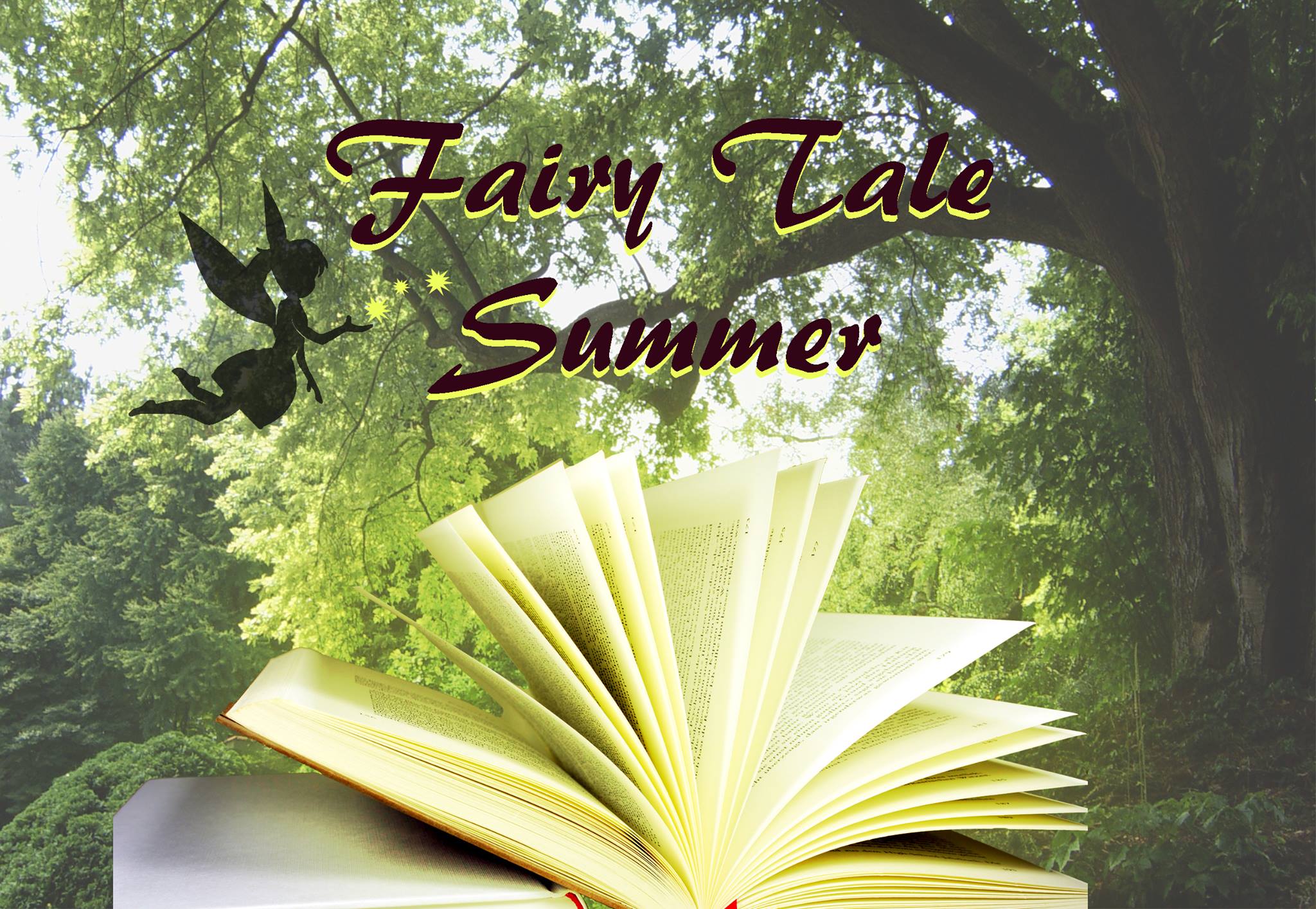
 This story is one of the lesser-known by the Brothers Grimm; more known should be the story about Princess Donkeyskin from the french collection.
This story is one of the lesser-known by the Brothers Grimm; more known should be the story about Princess Donkeyskin from the french collection. More or less everybody knows the story about the Little Red Riding Hood and the Big Bad Wolf. Today’s end is such that the good Hunter kills it. Sometimes he shoots him, other times an ending gets told where he drowns in a well because of the stones in his stomach. Grandma, Little Red Riding Hood and the Hunter eat in the meanwhile and live happily ever after.
More or less everybody knows the story about the Little Red Riding Hood and the Big Bad Wolf. Today’s end is such that the good Hunter kills it. Sometimes he shoots him, other times an ending gets told where he drowns in a well because of the stones in his stomach. Grandma, Little Red Riding Hood and the Hunter eat in the meanwhile and live happily ever after.